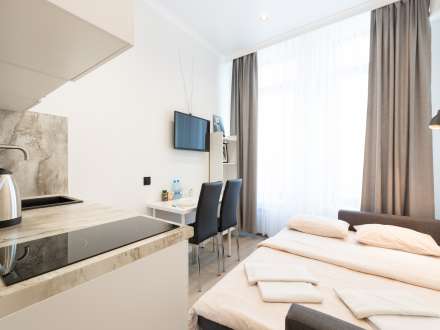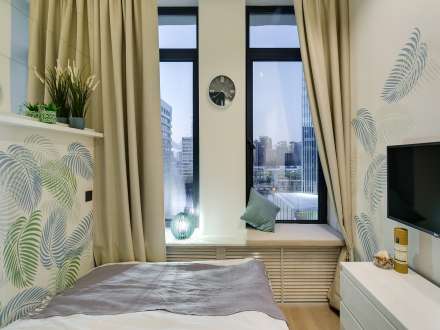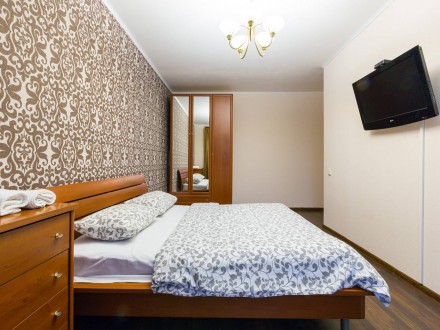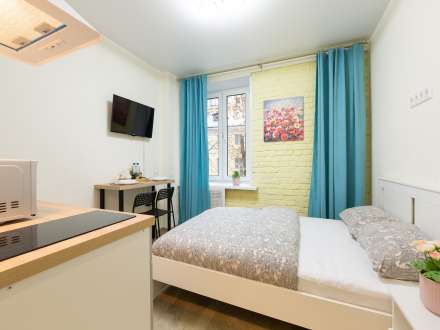Museum of Russian Harmonica Alfred Mirek
Accordion is a specialty of the Russian people, a true friend and eternal companion. This is one of the most beloved musical instruments in Russia. You can look at the smallest accordion, button accordions and monophones, accordions in the only Alfred Mirek Harmonica Museum in the country.
History of the Harmonica Museum
The impetus for the emergence of a unique museum was Alfred Martinovich's passion for playing the accordion in 1947. As a true researcher, he was interested in the history and origin of the musical instrument. There were no scientific works and systematic knowledge at that time.
Mirek began to travel around the provinces and record the oral retellings of the inhabitants, collect audio recordings, photographs. However, the uniqueness of his work lay in the fact that he supplemented his collection with rare musical instruments. One of the first exhibits was a harmonica, concertina, talyanka, button accordion. Over time, the collection grew larger, constantly replenished with new artifacts.
Initially, the collected exhibits were exhibited at Mirek's dacha in the village of Sofrino. It was here that he first presented his unique exposition to the audience. Many liked the collection, and in 1977 it was included in the Register of the International Committee of UNESCO Museums.
In 1996, a separate room was allocated for the exposition in the center of Moscow. In gratitude for this, Mirek donated his unique collection to the capital in 1998.
Exposition of the unique harmonica museum
The exhibits are located in 4 thematic halls. Hall 1 tells the story of the origin of the first harmonica, visitors will see the process of its improvement up to new modern models. Here you can also read about the first musical masters who created their masterpieces by hand, putting a piece of their soul into each one.
Rare varieties of accordions and button accordions are presented in the 2nd hall. There are materials, photographs, audio recordings that tell about the role of music during the Great Patriotic War.
The biography of Alfred Mirek is described in the 3rd room. It also contains all the materials that tell about the history of the creation of the museum.
Rare representatives of foreign reed instruments are exhibited in the 4th hall. Visitors can see Finnish, Tyrolean, Styrian harmonicas.
The museum offers several excursion programs that will be of interest to everyone, without exception, from young to old. There are sightseeing, thematic, costumed excursions, calendar holidays, family ones. Each of them ends with a traditional tea party to the sounds of an accordion.








